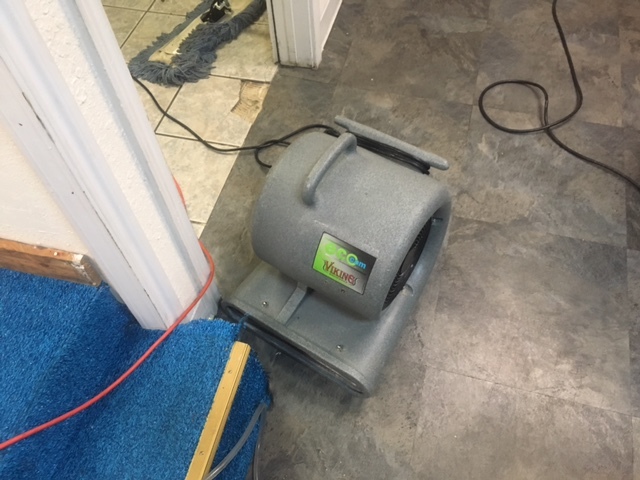The Best Guide To "DIY vs Professional Water Removal: Which is Best for Your Home?"

Water damage may be disastrous for any type of residence. Nonetheless, when water damage has an effect on hardwood floors, the concerns are considerably greater. Unlike other materials, hardwood is especially at risk to water harm, and hardwood floorings demand special treatment to stay in good condition. If you're handling along with water damages on your real wood floors, don't stress! With a handful of tips and secrets, you may efficiently eliminate water coming from your floorings and avoid further damages.
First Things To begin with: Evaluating the Damages
Before you start taking out water from your real wood floors, it's significant to evaluate the level of the harm. If there's only a tiny volume of water on your flooring, you might be able to manage the scenario yourself. However, if there's a big quantity of standing water or if the water has been resting for an extensive duration of opportunity, it may be greatest to get in touch with in a professional.
If you decide to address the situation yourself, begin by taking out any kind of home furniture or items coming from the affected area. This are going to offer you additional room to function and avoid further damages. Next off, utilize towels or a damp/dry suction to remove as a lot standing water as feasible. Be sure to work rapidly – the longer water sits on your wood floorings, the more damage it can lead to.
Drying Out Your Hardwood Floors
Once you've cleared away as a lot standing water as possible from your real wood floorings, it's time to dry out them out totally. There are actually several methods that may be utilized for drying out real wood floors:
1) Supporters: Spot fans around the affected area and transform them on higher speed. This will definitely assist circulate air around your floors and accelerate up dissipation.
2) Dehumidifiers: A dehumidifier can aid remove excess dampness from the sky surrounding your real wood floorings.
3) Warmth: Transform up your residence's regulator or use area heating units in the affected region (if secure). Cozy air can assist dissipate humidity a lot faster than amazing air.
4) Professional Equipment: If the water damages is significant, a specialist water elimination provider might utilize specialized tools, such as industrial-strength followers and dehumidifiers, to dry out your floors.
Avoiding Additional Damage

Once your hardwood floors have been dried out, it's vital to take measures to avoid more damages. Listed here are a few recommendations:
1) Stay clear of Walking on Wet Floorings: If your hard wood floorings are still damp, prevent walking on them as much as achievable. Excess body weight can induce additional damages and leave long-term marks.
2) Utilize Fans and Dehumidifiers: Carry on making use of fans and dehumidifiers until your wood floorings are fully dry out. This will definitely help stop mold and mildew growth and further damages.
3) Examination for Warping: As your hard wood floorings dry out out, always keep an eye out for any sort of indicators of twisting or bending. If Go Here For the Details discover any type of concerns, phone in a qualified right away.
4) Refinish Your Hardwood Floors: If the water damage is comprehensive, you might require to redecorate your hard wood floors to bring back them to their previous magnificence.
In Final thought
Water damages can easily be devastating for any kind of residence – especially when it impacts wood floors. Nonetheless, with these recommendations and secrets for getting rid of water coming from your hard wood floorings, you can properly recover them to their former beauty. Always remember to act rapidly when handling along with water harm and constantly be on the lookout for signs of additional damage. Along with proper treatment, you can easily make certain that your wood floors stay gorgeous and functional for years to come.
